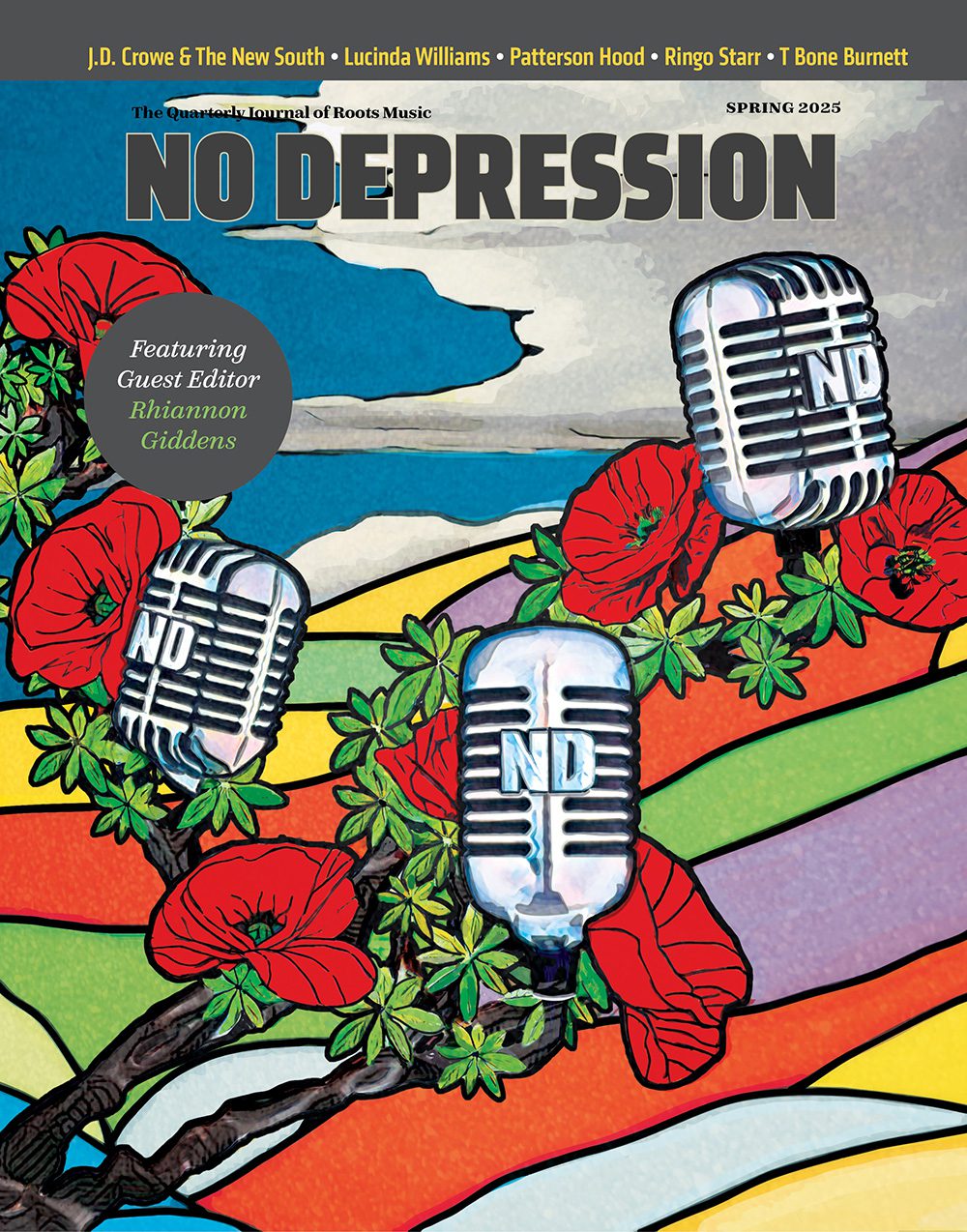Barry McGuire and the Lost Treasure of ’69
Barry McGuire’s film career was, thankfully, a short one. With titles like Werewolves on Wheels, there wasn’t much to brag about. But, his one close-up extended role in 1967’s The President’s Analyst offers an opportunity to see through a time capsule into McGuire’s world and persona as it was then.
He basically played himself in a character role of a ‘hippie’named, “Old Wrangler,” at a commune who helps James Coburn hide from the CIA. According to McGuire in a recent interview, “They just let me be myself at the time. There was no acting to it!” There he was all dressed up in his psychedelic rainbow pants and ever-present 12-string guitar looking to score a deal, dancing and singing much the way people remember him when his home was the Sunset Strip.
For McGuire, who had seen his share of pop success with The New Christy Minstrels and his own version of P.F. Sloan’s “Eve of Destruction,” the period from 1968 until 1971 was a slide into facing his own mortality and the hollowness of the life style he found himself in. The one we call, ‘sex, drugs and rock and roll.’ “We were like cadavers, man.” McGuire said. “We were dead inside.”
Ironically, this was the time of the Monterey Pop Festival, Woodstock and some of the great bands of the rock era, but rather than 


Listening today, it is a masterfully engineered series of live-in-the-studio sessions focused on Horde playing a variety of stringed instruments including slide and lap steel, while McGuire holds forth on his 12-string and some seriously earthy and passionate blues-harp. The album’s closest frame of reference is the early recordings of Sonny Terry & Brownie McGee. The songs are loose with space for improvisation and extended jams. Songs like “Train,””Electric Train,” and “Meet Me at the Bottom,” rock with a Piedmont feel that’s fresh and original. The sessions included Chris Hillman, Byron Berline, Sneaky Pete and Bernie Leadon. Although the album received critical acclaim, poor sales forced it into obscurity. Today, the album is considered Barry McGuire’s best album and a lost treasure of the era.
But Barry McGuire and the Doctor sessions were not without their own rock & roll tales of excess. According to McGuire’s website they were doing huge amounts of cocaine during the sessions. One night, while leaving the studio, McGuire decided to dive into a trash can. As the group of musicians were getting into the van, there was no Barry. They turned and saw McGuire’s feet sticking up out of the trash can. His friends carefully lifted him out and placed him in the van.
Another legendary story has McGuire deciding to crawl out the window of Horde’s Volkswagen van at 65 MPH and climb to the roof of the car. “I was sitting up there cross-legged. I just wanted fresh air. After noticing McGuire was once again absent, Horde pulled over the van to find his friend on top of the car. “I’m just getting some fresh air!” McGuire laughed.
Not long after the failure of the ‘Doctor,’ in 1971, McGuire finally hit the bottom of the life style he’d been living and found his way into

“In 1971, I took a Greyhound out of L.A. to visit my uncle, who was a Christian man. He lived in Fresno. I wanted to know more about Christ than the born-again, fundamental, religious rules and regulations thing I’d heard so much about.” McGuire said. “I found it came down to just compassion. It was about love and compassion. What I discovered in Christ was total forgiveness. We had all been forgiven. I’d never heard that before. Jesus Christ is the life-force within us all. Since ’71, its been a process of sinking deeper and deeper into surrender to that.”
After McGuire retired from the world of Contemporary Christian Music, he decided to go back to the mainstream folk music circuit telling stories about the songs and friends he loved in a show called, Trippin’ the 60’s. First working with Mason Profitt’s Terry Talbot, who was later replaced with former Byrd, John York, the show has become a Tour De Force of song and story; entertaining and touching, moving and profound. But, what is unique about the show is its utter lack of nostalgia. It’s more of a time warp from the past bringing familiar songs of the time into the present day as though they had been written yesterday. Of course, he highlights the show with “Eve of Destruction” and “Creeque Alley“ with lyrics like “McGuinn and McGuire sure are gettin’ higher in L.A. you know where that’s at.” But, he also takes the audience through songs which include some of the more obscure moments of his past, like his first memories of Fred Neil and Tim Hardin or having a beer with Arlo Guthrie at the Troubadour during the late 60’s. He also manages some blues harmonica along with the story of how John Sebastian taught him how to suck and not just blow(the harmonica).
The rapport between McGuire and York is a key to the show’s ongoing success. It’s an organic, gleefully imperfect process right on target for the spirit of the music both musicians have come to embody.

This Friday Trippin’ the 60’s will make its debut at the world-famous McCabe’s Guitar Store in Santa Monica, California. It will be McGuire’s return to the heart of L.A. folk music where he was once a pioneer along with his friends, P.F. Sloane, Hoyt Axton, Roger McGuinn and Tim Hardin. It’s a welcome return to his own musical roots and a new beginning, which at 77 years old is quite a rare thing in today’s music business.
See Barry McGuire and John York perform, Trippin’ the 60’s at McCabe’s in Santa Monica, California. For tickets visit their website. For more information on performances by Barry McGuire and John York visit Barry’s website tour schedule.




